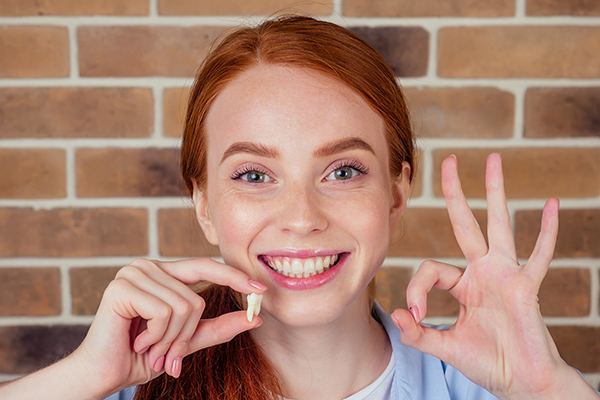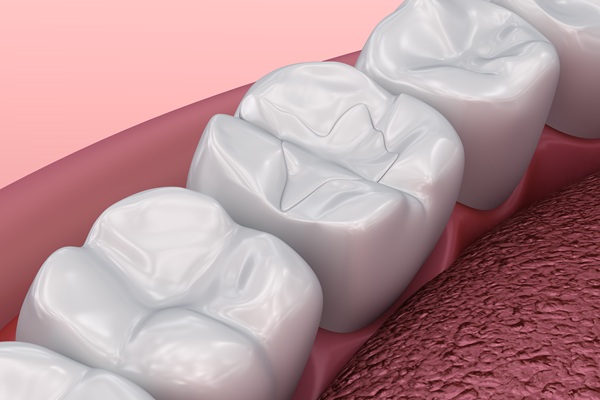works to help you keep your natural teeth if possible. But sometimes, the healthiest option is tooth extraction. When your dentist extracts your tooth, you must follow the aftercare instructions. Not following the aftercare guidance can lead to difficulty healing and infection. Although your tooth is no longer there, you must still take care of your mouth as part of your oral health routine.
Types of tooth extraction in general dentistry
There are several different types of tooth extraction, depending on the type and condition of the tooth. For many extractions, the dentist will use a local anesthetic in the area near the tooth. A device called an elevator helps to lift the tooth out, and forceps pull the tooth. In some cases, a dentist will use a stronger anesthetic to put the patient to sleep. This is a frequent choice for children and also when a person needs a surgical extraction. Surgical extractions take longer, and sometimes the dentist must remove the tooth in pieces.
Recovery from a simple extraction
When the dentist removes the tooth, it leaves an empty socket. A blood clot forms in the socket, and the dentist will pack gauze into the socket to stop any bleeding and protect the blood clot. Sometimes, stitches are necessary. Recovery for simple extractions can take between a week and 10 days. Patients should take care not to dislodge the blood clot in the socket while healing. With surgical extractions, patients may experience longer recovery times and more soreness.
Protecting the socket
Patients should take care to prevent the blood clot from dislodging from the socket. General dentistry calls this dry socket, and it is very painful because it exposes nerve endings to the air. Dentists want patients to keep the gauze in place for at least three to four hours. Patients should also avoid spitting and rinsing, which can disturb the formation of the blood clot in the socket. Patients should avoid smoking and drinking alcohol while recovering from the extraction. Patients can also sleep with their heads propped up by a pillow because lying flat can delay the healing process.
Pain relief options
General dentistry may prescribe pain medication or an over-the-counter option for the extraction. It will depend on the method of extraction and how many teeth the dentist removed. Patients can also use ice packs for short periods of time to numb the area. After 24 hours, patients can swish with salt water. This will help with pain and also help prevent infection. If patients do not feel relief in three to four days or if the pain suddenly becomes much worse, it is important to contact the dentist.
Check out what others are saying about our dental services on Yelp:
General dentistry extraction aftercare
Your dentist will work with you through every step of the tooth extraction process. General dentistry focuses on preserving your oral health for the long term. By following the dentist’s recommendations, you can have a smooth recovery. Ask your dentist about any concerns you may have about possible outcomes.
or call Rohrbach Family Dentistry at 610-323-6086 for an appointment in our Pottstown office.
Related Posts
It is common for people to be nervous about their upcoming dental exam with a general dentist. Rest easy because there is no reason to be anxious about checkups like these. However, seeing a dentist twice a year is very important to your oral and overall health and safety.Dentists do much more than just look…
A loose tooth is not something that anyone wants to deal with as an adult. Thankfully, general dentists are trained and equipped to know what to do when a patient experiences a loosened tooth. Adult teeth can become loose as a result of an infection in the oral cavity. More often than not, this is due…
Visiting a general dentist regularly is crucial for your oral health. Your dentist has the knowledge and training to diagnose, treat, and prevent various conditions. You may think of this person most as someone who helps with cavities, gum disease, and cosmetic issues. But your dentist can also address challenges such as teeth grinding. If…


